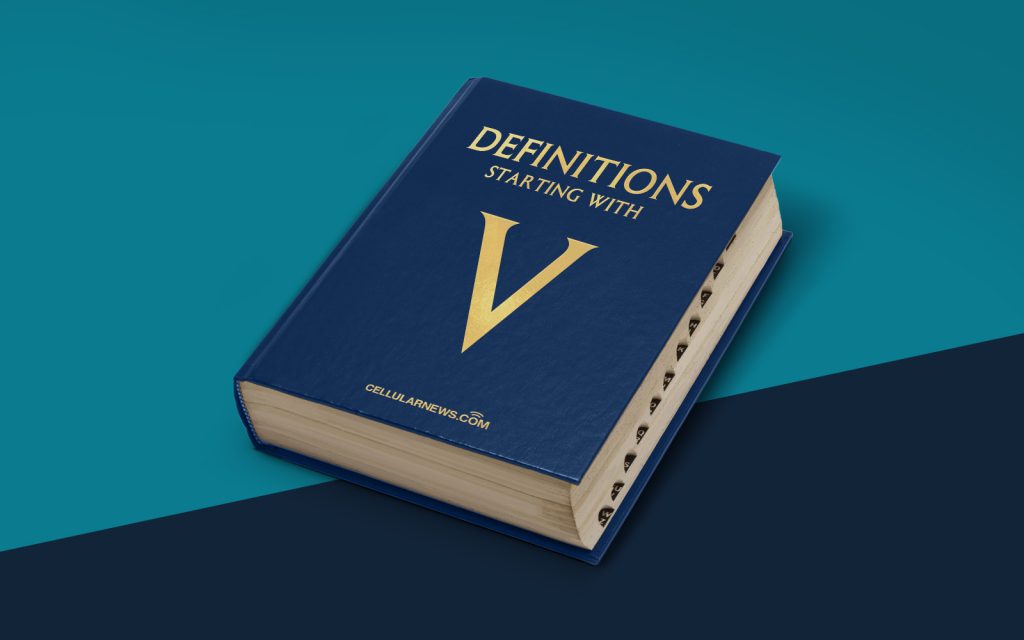
Unlocking the Power of Voice: Exploring Voice Switching, Control, and Applications (VSCA)
Have you ever wondered how voice commands on your smart devices work? Or how your voice is transformed into digital instructions that can control various applications? If so, you’re in the right place! In this article, we will delve into the fascinating world of Voice Switching, Control, and Applications (VSCA) and understand its significance in the realm of technology.
Key Takeaways
- Voice Switching, Control, and Applications (VSCA) enable users to interact with devices and control various applications using voice commands.
- Amazon’s Alexa and Apple’s Siri are popular examples of voice-controlled virtual assistants that utilize VSCA technology.
Understanding Voice Switching, Control, and Applications (VSCA)
Voice Switching, Control, and Applications (VSCA) refer to the technology that allows individuals to control devices and applications using voice commands. This technology leverages speech recognition to transform spoken words into digital instructions that can be processed by machines. These instructions are then executed to perform specific actions, ranging from turning on a light bulb to ordering groceries online.
Voice-controlled virtual assistants, such as Amazon’s Alexa and Apple’s Siri, have gained widespread popularity in recent years. These virtual assistants utilize VSCA technology to understand and respond to user commands. By simply speaking to these devices, users can perform a wide range of tasks without physically interacting with their gadgets.
The Role of Voice Switching in VSCA
Voice switching plays a crucial role in enabling VSCA technology. It involves the process of routing and directing voice data from the user to the appropriate applications and services. Here’s a breakdown of how voice switching works:
- Voice Input: The user provides voice commands or queries to a voice-controlled device.
- Speech Recognition: The device converts the user’s speech into digital data using speech recognition algorithms.
- Command Interpretation: The digital data is processed to understand the user’s intent and identify the appropriate application or service.
- Voice Switching: The voice data is routed to the corresponding application or service for execution.
- Action Execution: The application or service carries out the requested action based on the user’s voice command.
By seamlessly integrating voice switching into VSCA technology, users can experience a hands-free and efficient way to control various devices and applications.
Applications of VSCA
Voice Switching, Control, and Applications (VSCA) have revolutionized the way we interact with technology. Here are some notable applications of VSCA:
- Home Automation: VSCA technology enables users to control smart home devices, such as thermostats, lights, and security systems, using voice commands.
- Virtual Assistants: Voice-controlled virtual assistants, like Amazon’s Alexa and Apple’s Siri, assist users in performing tasks, answering questions, and providing personalized recommendations.
- Automotive Systems: VSCA technology is being integrated into cars, allowing drivers to control in-car systems, navigation, and entertainment through voice commands.
- Accessibility: VSCA technology has made computing more accessible for individuals with disabilities by providing a voice-based interface for device control and information retrieval.
Conclusion
Voice Switching, Control, and Applications (VSCA) have transformed the way we interact with technology. By harnessing the power of voice, users can now control devices and applications effortlessly using simple voice commands. With advancements in speech recognition and voice switching technology, we can expect the capabilities of VSCA to broaden and enhance our daily lives even further.
